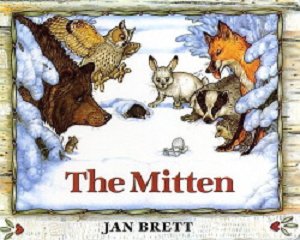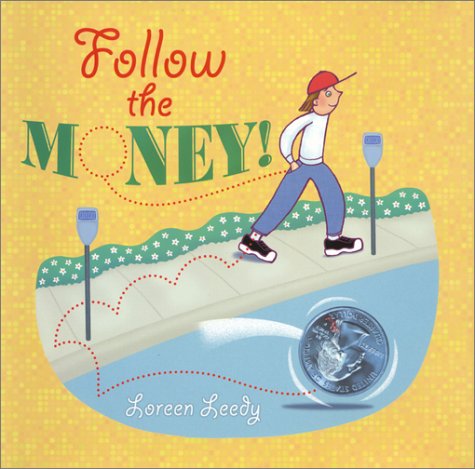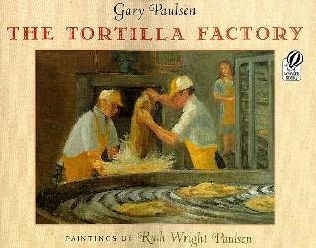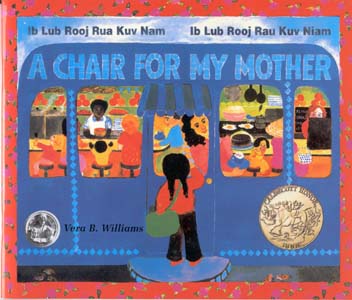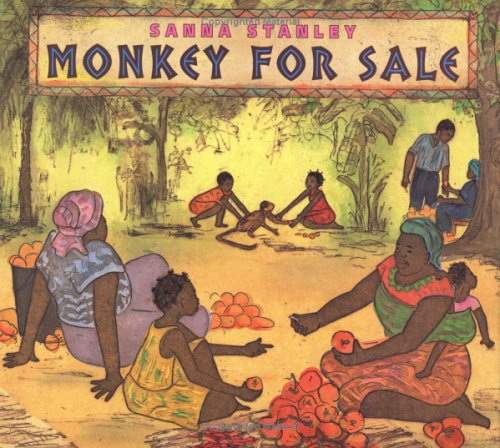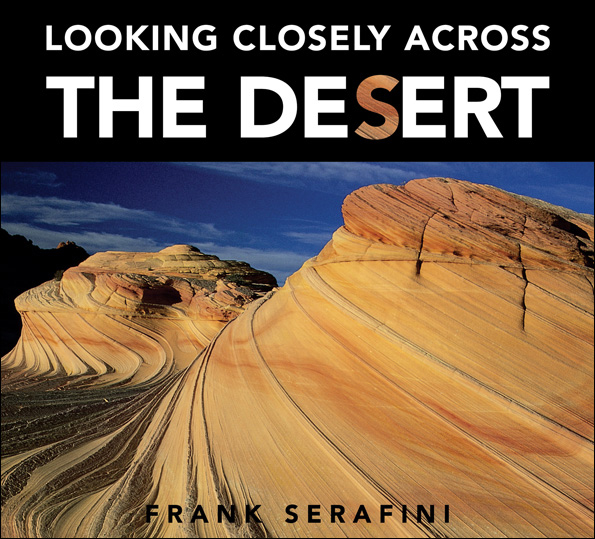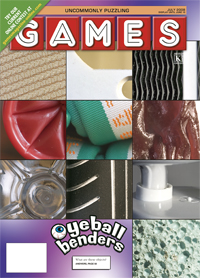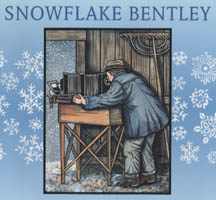Mittens are a great way to keep ourselves warm during the winter. Apparently, in The Mitten, a few wild animals seem to agree! Jan Brett has done a wonderful job of adapting this Ukranian folktale and creating wonderful illustrations to go along with it for us to enjoy. After Nicki’s grandmother knits a pair of new mittens for Nicki, he proceeds to promptly lose one and some animals decide to move in.
While the story may come off as slightly unbelievable, having so many animals all squeeze into such a tiny mitten, it is still a great story to entertain and teach children about economics. There is also great little part of science thrown in, with the mention of different characteristics of each animal, such as “the rabbit’s big kickers” or the fox’s shiny teeth.
Another great aspect of this story is the wonderful illustrations. Every page is completely filled with pictures. There is always the main picture that goes along with the story of that page, as well as two pictures on the sides that show either where Nicki is or where the next animal to come is. Along with these three pictures are beautiful embroidery-like pictures to bring back the Ukranian aspect of the story. Jan Brett also did a wonderful job researching the Ukranian culture and architecture which is obvious in the characters clothing and house.
Curriculum Connections
This story is a great book that can be read to a large age range of students and pertain to a wide range of lessons. It is a great way to approach the economic lesson of scarcity, which covers the Social Studies SOL 2.9 for Virginia teachers. Teachers can also use this book to take advantage of other learning opportunities for students. There are many ideas already out there for teachers to use to correlate this story with fine arts, phonics, math, English, and other subjects. Also, the story is a great way to present another culture to students, showing the differences and similarities they have with others from around the world.
Additional Resources
- A fellow teacher has already created a blog filled with tons of different ideas to further incorporate The Mitten into multiple venues of lessons for your class.
- Here is another helpful site with some crafts, and phonetic worksheets, as well as more links related to the animals mentioned in the book.
- Have students use the Internet to connect this story to English lessons.
- Make The Mitten into a play or just have some more fun with it by using these animal masks.
- Here is an already created lesson plan on how to teach economics with The Mitten.
Book: The Mitten
Author/Illustrator: Jan Brett
Publisher: Scholastic Inc.
Publication Date: 1989
Pages: 36 pages
Grades: PreK-2
ISBN: 0-590-44015-2

